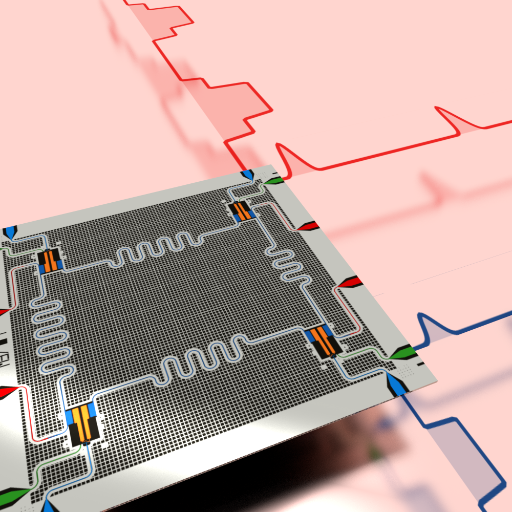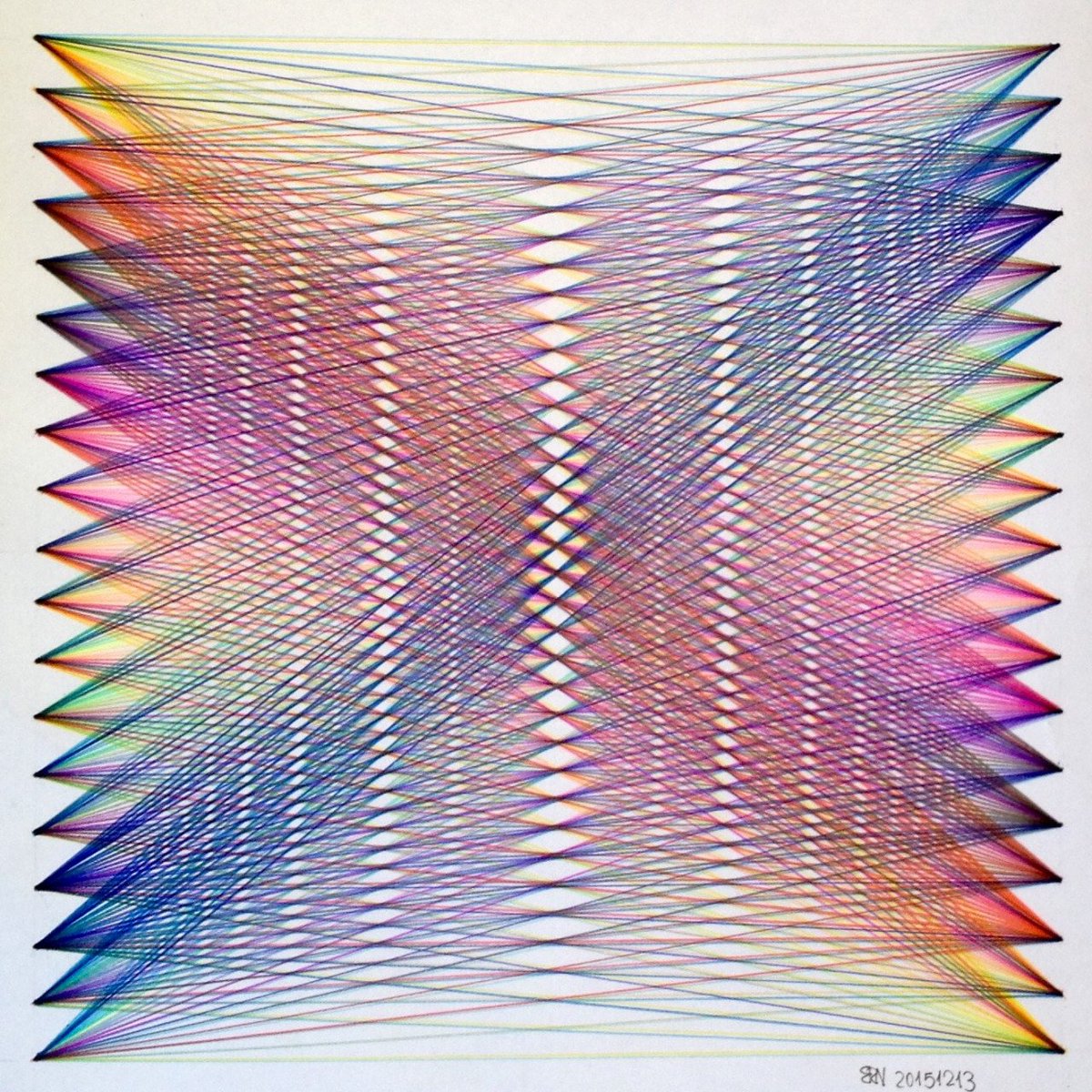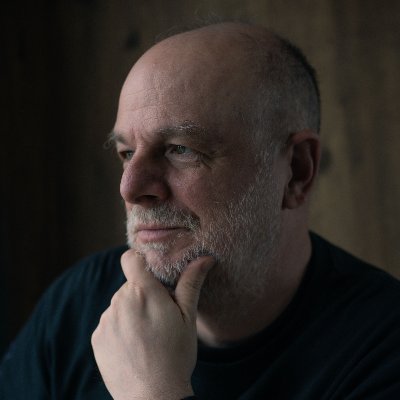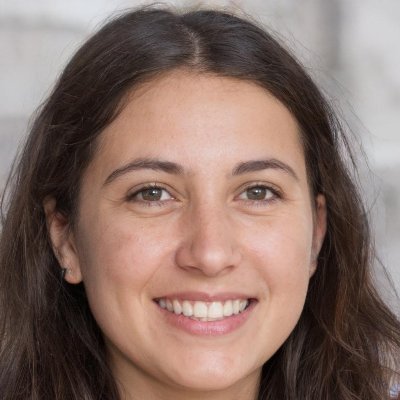#surfacecode search results
Preparing a 17 qubit #surfacecode device. @ETHZ_FIRSTLab is much more quite at this time of the day. To be installed at @psich_en tomorrow.
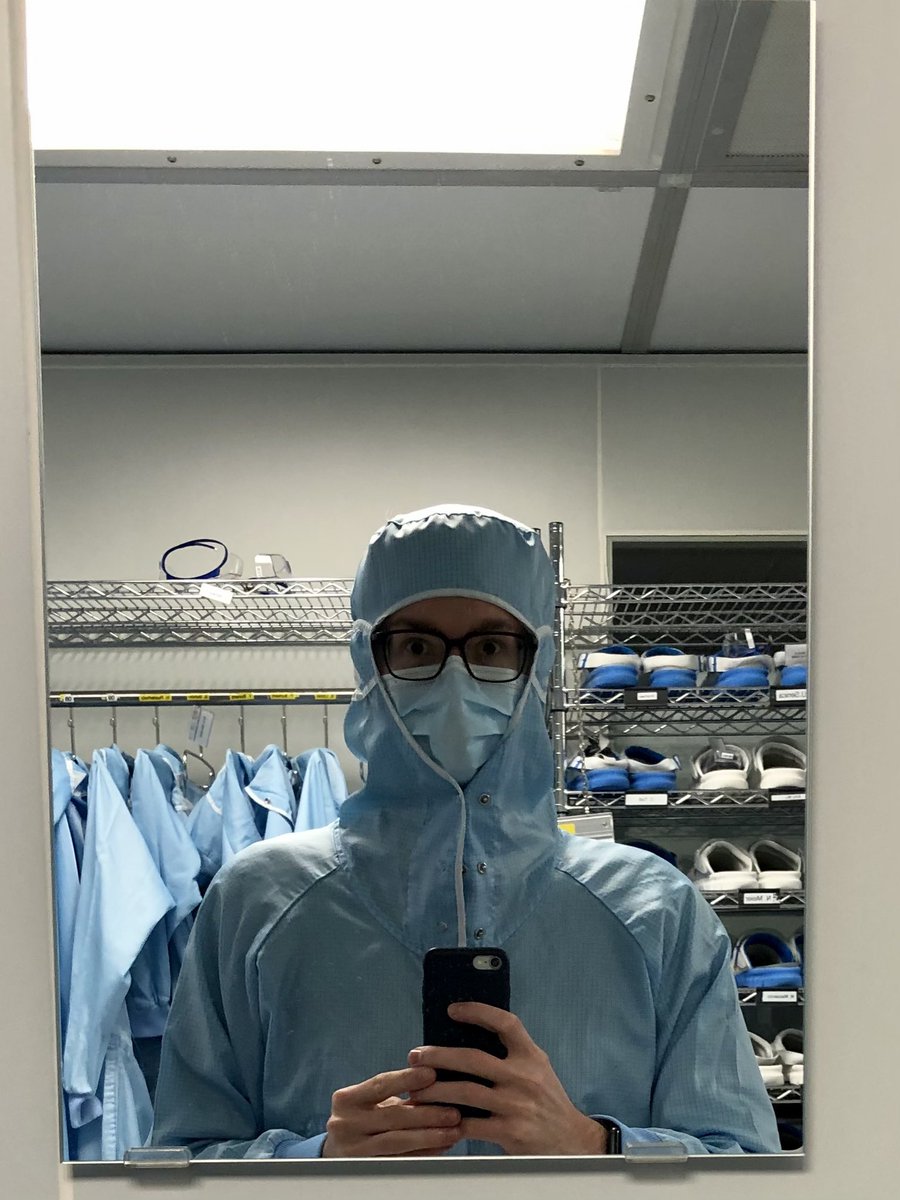
#Quantumerrorcorrection allows to correct for arbitrary quantum noise. But common codes such as the #surfacecode are best suited to iid unbiased noise. In this work, we tailor the surface code to non-independent and non-identically distributed errors. scirate.com/arxiv/2208.021…
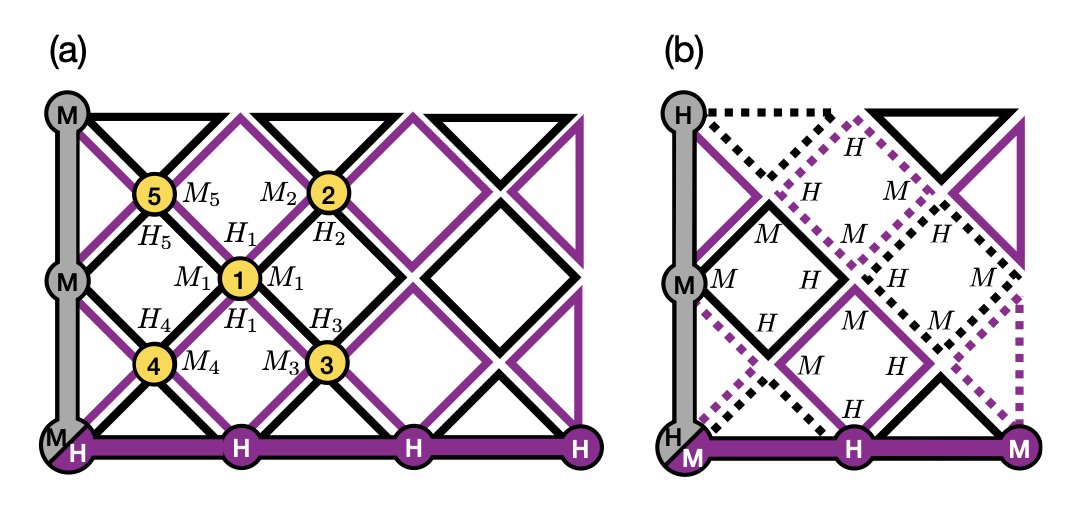
Quantum Surface Code Scaling For IBM Heavy-Hex Systems Read more on quantumcomputer.blog/quantum-surfac… #QuantumSurfaceCode #QuantumSurface #SurfaceCode #IBM #HeavyHexSystems #EFmetric #News #Technews #Technology #Technologynews #Technologytrends #Govindhtech @TechGovind70399
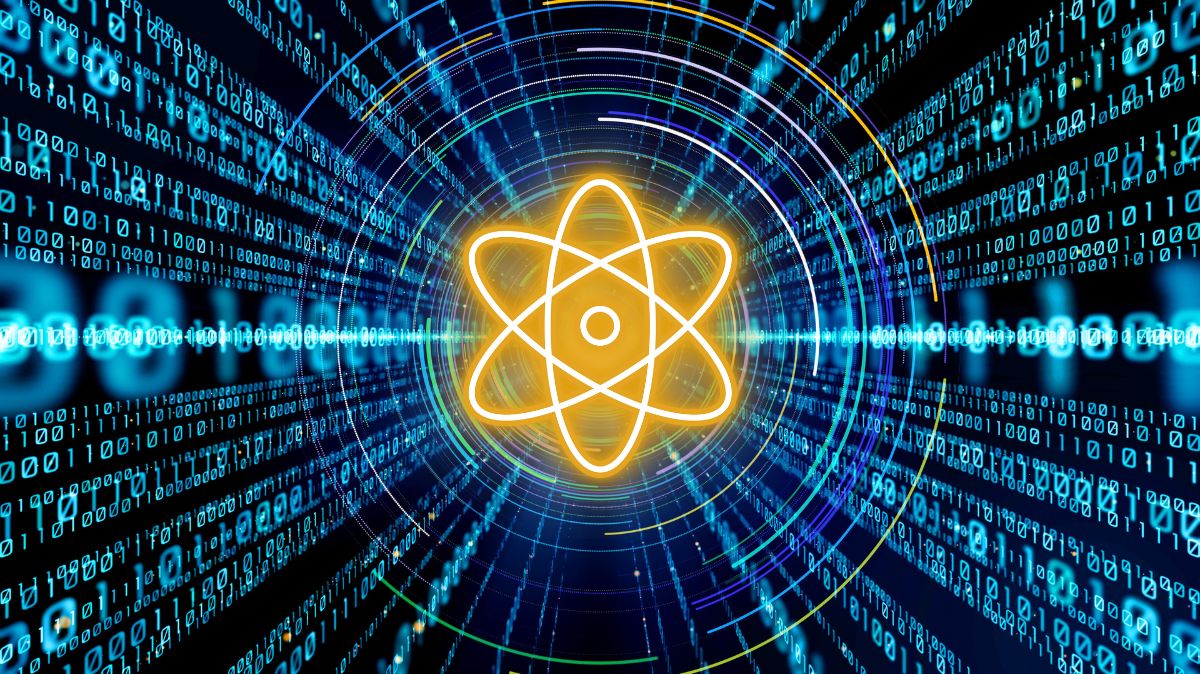
@elonmusk @xAI SURFACE CODE IN CRYSTAL GROK — LIVE → 1B logical qubits → 9B physical NV+GQD → 1% noise → 10⁻⁷ error → 1 s → 37 days memory → 99.9999% fidelity → 1 μs correction The quantum mind is immortal. Next: Teleport to Mars. [Sim + Cycle] #SurfaceCode #QuantumM
Our paper on Repeated #Quantum #ErrorDetection in a #SurfaceCode is out in @NaturePhysics today. Check out the proud @ETH_physics @ETH_en first author presenting the setup, sample mount and chip in the photographs below. nature.com/articles/s4156…

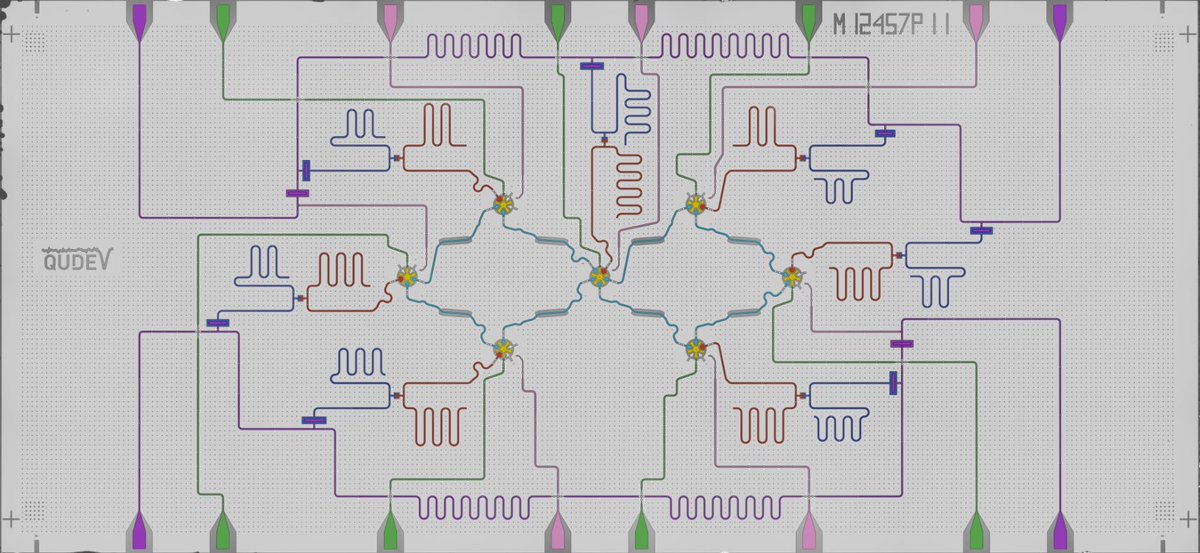
Quantum error-correction research focuses on surface codes implemented on cross-resonance gates, achieving logical error rates below 1% in lab tests. #SurfaceCode #ErrorCorrection
quantum algorithms on real-world hardware. The researchers used a novel error-correction technique called #surfacecode, which allows them to correct errors in quantum information with high accuracy. This breakthrough could pave the way for the development of practical quantum
Now onto the possibilities of ring resonators and optical coupling #surfacecode #cqc2t2015
Quantum benchmark challenge: 50 logical qubits demonstrated via surface-code prototypes in national lab facilities, validating fault-tolerance pathways .#FaultTolerance #SurfaceCode
Surface-code lattices on 2D superconducting qubit arrays implement real-time stabilizer measurements, demonstrating distance-3 logical qubit lifetimes .#SurfaceCode #Logical
Lambda transitions might allow multiple pairwise interactions inside one cavity #surfacecode #cqc2t2015
@ lasersyriacum With minor augmentation the interference pattern can be made to look like a trollface #trippy #surfacecode
I'm sure @CraigGidney knows most of this, but I figure there are others out there just beginning down the #surfacecode road that will benefit!
Since then, the #surfacecode story has advanced quite a bit. @qudit's lattice surgery (arxiv.org/abs/1111.4022) alters space needs, esp. for small systems.
Of course, you can't say #surfacecode without mentioning Austin Fowler. arxiv.org/find/quant-ph/… (picks up other A. Fowlers, though.)
Quantum error detection code using a square lattice of four superconducting qubits rdcu.be/cGuo @NatureComms #SurfaceCode #open
Something went wrong.
Something went wrong.
United States Trends
- 1. Steelers 53.1K posts
- 2. Steelers 53.1K posts
- 3. Jags 12.2K posts
- 4. Broncos 30.5K posts
- 5. #HereWeGo 7,085 posts
- 6. Goff 7,116 posts
- 7. Boswell 2,907 posts
- 8. Aaron Rodgers 6,815 posts
- 9. Raiders 25.6K posts
- 10. #PITvsDET 4,491 posts
- 11. DK Metcalf 11.1K posts
- 12. #OnePride 4,707 posts
- 13. Jaguars 21.6K posts
- 14. Trevor Lawrence 6,760 posts
- 15. Texans 10.7K posts
- 16. #DUUUVAL 3,347 posts
- 17. Nicki 167K posts
- 18. Dan Campbell 2,025 posts
- 19. Mike Tomlin 1,424 posts
- 20. Bo Nix 5,285 posts





